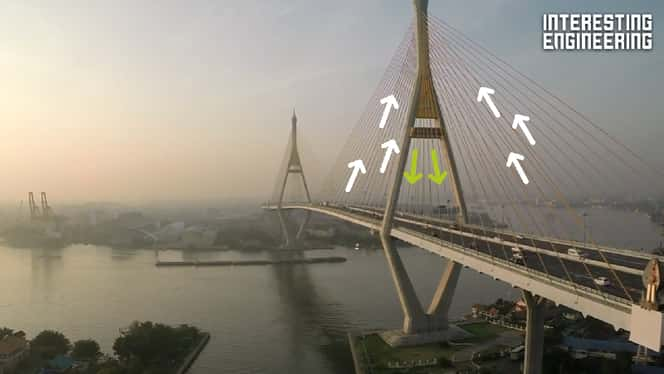A Colorado Firm Claims It Can Triple the Power of Electric Engines
The founding team at H3X have a compelling origin story. The three friends — Jason Sylvestre, Max Liben, and Eric Maciolek — formed a bond as they participarted in an engineering course regarding electric vehicles.
After their careers led them in separate directions, with each finding work in the tech and auto industries, a Department of Energy grant brought them back together to ponder how they could improve electric motors.
Their first-principles mindset and efforts have borne fruit in the form of a new electric motor that can potentially power large commercial flights.
While the electric vehicle market has exploded in recent years, the transition to electrified aviation has been less eventful. While drone-based flight has been around for a while, even going commercial in many places, larger flights have been constrained by the electric technologies available and the sheer size of commercial aircraft.
Energy densities of lithium-ion batteries haven't reached the potential where long-range flights can be undertaken. So, a Colorado-based startup. H3X, looked to the electric motor for ways to improve its power capacity.
The team started from scratch, looking at the various components of the electric motor. Comprised of a gearbox, a power delivery system, and a main motor, these components are usually housed separately to allow sufficient cooling space, without which could result in engine failure.
However, using advances in material science and electronics, coupled with the ability to 3D-print structures such as copper, the team managed to put all components together into a single housing that weighs just 33 pounds (15 kg) without impacting their cooling needs. Their motor, called the HPDM-250, is much smaller than their contemporaries and has a lesser mass as well.
The company claims that, according to the Advanced Research Projects Agency-Energy (ARPA-E) guidelines, a propulsion system of a commercial aircraft such as Boeing 737 must deliver a continuous power density of 12 kW/kg. However, conventional electric motors can only generate a maximum of up to 4kW/kg. Thanks to its reduced weight, the HPDM-250's power density clocks up to an impressive 13kW/kg.
According to H3X, this is sufficient to power any mass-sensitive or high-performance application such as electric boats and has urban air mobility applications. Among the other targets for the company that remain in the distance are short-haul, large commercial flights in the sub-1000 mile range.
Max Liben, Chief Technology Office at H3X, told Tech Crunch that using advanced technologies made the manufacturing of their electric motor less laborious and yet not very expensive. Even when putting the components together, the team was conscious of maintenance needs and has ensured that servicing their motors is hassle-free as well.







Post a Comment